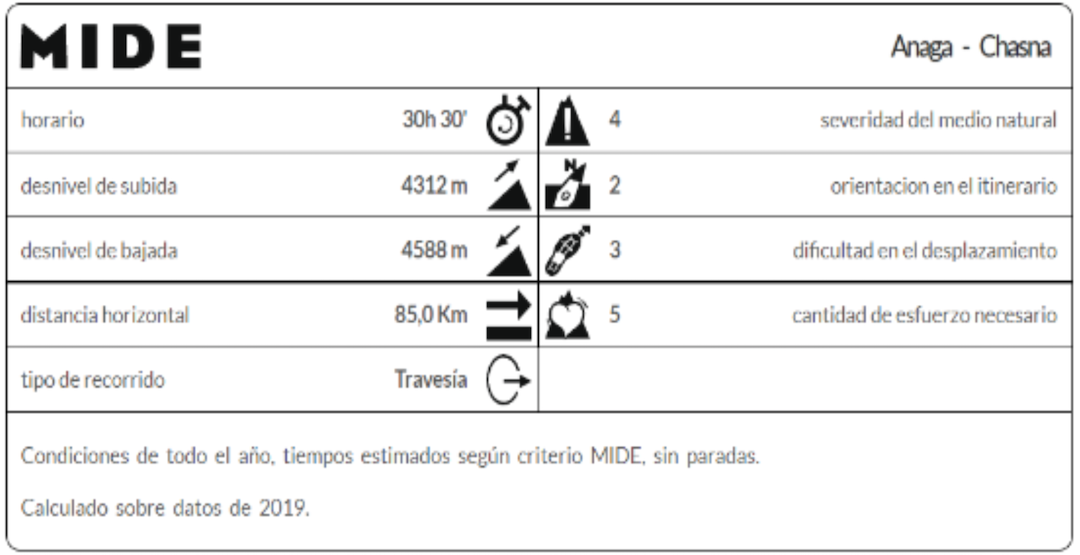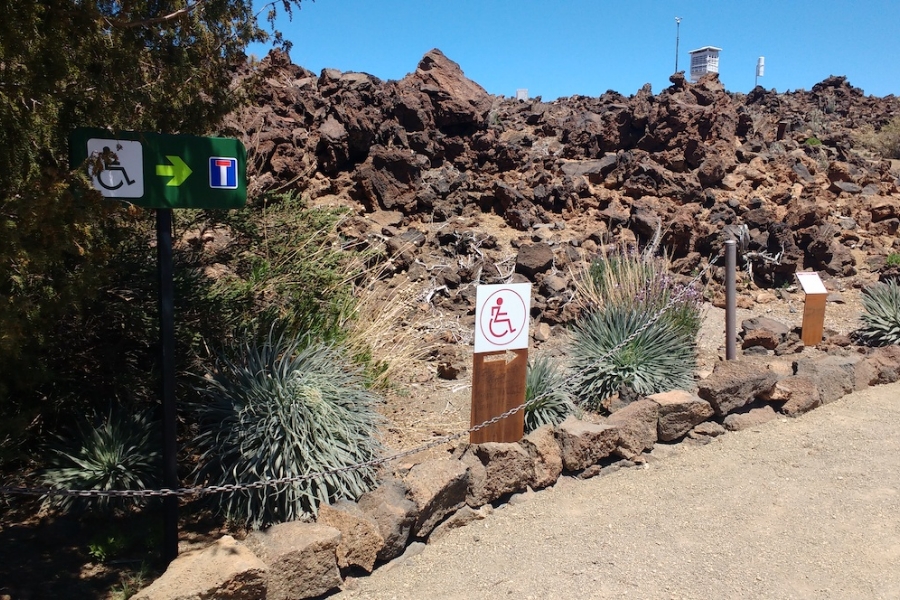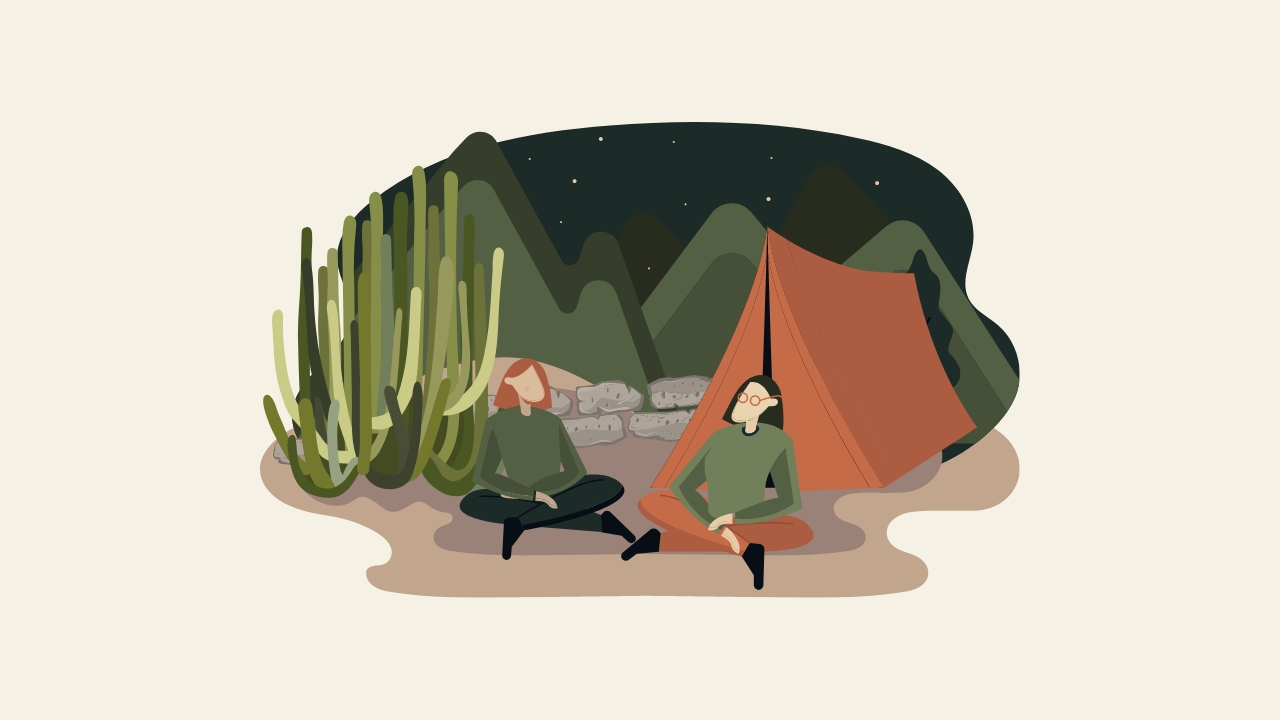Information and good practice in nature
Difficulty criteria and duration of trails
At Tenerife ON we use the MIDE Montaña Segura (Safe Mountain) method to describe the duration and difficulty of our trails.

At Tenerife ON we use the MIDE Montaña Segura (Safe Mountain) method to describe the duration and difficulty of our trails.
It is the most commonly used criteria at national level to classify trails, and it is recommended by the Spanish Mountain and Climbing Federation (FEDME).
Why?
Because it covers four levels of technical difficulty, allowing users to understand in advance what each itinerary entails, so that they are able to choose the one that best matches their preferences and fitness level.
How the MIDE method works
MIDE is made up of two blocks of information:

- Practical details concering the route:
- Estimated completion time, with no stops.
- Total elevation gain.
- Total elevation loss.
- Distance covered.
- Type of route: out-and-back, loop or point-to-point.
- Evaluation of four aspects of difficulty:
- Harshness of the natural environment.
- Orientation along the trail.
- Difficulty of movement.
- Amount of effort required.
How to evaluate MIDE scores
In the MIDE method, scores for these four technical and physical characteristics range between 1 and 5 (from low to high difficulty) according to the following:
Harshness of the natural environment |
Orientation along the trail |
|
|
Difficulty of movement |
Amount of required effort* |
|
|
*Calculated according to MIDE criteria for a typical walker carrying a light load.
The MIDE method at Tenerife ON
Based on our experience and local knowledge, we have adjusted the estimated duration of our trails in Teide Nacional Park, increasing them from the data collected during the field work, given that the altitude means that increased effort is required on these trails.
However, despite the valuable information that the MIDE method offers, remember that this system does not reflect the changeable nature and complexity of the natural world.
For that reason, at Tenerife ON we recommend you check our real-time warnings and alerts section before setting out on a route, as well as our manual of advice and best practices for walkers.








